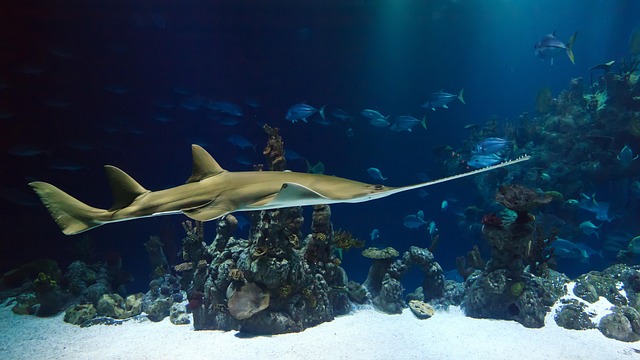
Pocillopora Damicornis
Introduction to Pocillopora Damicornis
Pocillopora damicornis, commonly known as the cauliflower coral, is a fascinating species that plays a vital role in marine ecosystems. This colonial coral is known for its unique structure and impressive adaptability, making it one of the most studied corals in the world. 🌊
Physical Characteristics
P. damicornis can grow into clumps that reach heights of up to 30 cm (12 inches). What sets it apart from other corals is its irregularly arranged verrucae, which are wart-like growths on its surface. These growths give the coral a distinctive appearance, making it easier to identify in the vibrant underwater landscape. Its branched structure allows it to thrive in various environments, contributing to its success as a reef-building coral.
Ecological Importance
This coral species is not just beautiful; it is also a crucial player in the health of coral reefs. P. damicornis is a fast-growing coral that competes effectively for space and resources. Its polyps extend their tentacles at night to feed on plankton, showcasing its role in the marine food web. The ability to interact with 30 species (or subclade types) of Symbiodinium highlights its adaptability and importance in nutrient cycling within the reef ecosystem.
Asexual Reproduction
One of the most interesting aspects of P. damicornis is its method of reproduction. When colonies are broken apart, fragments can become lodged on the seabed and develop into new individuals. This form of asexual reproduction, known as fragmentation, allows the coral to spread and colonize new areas effectively. Additionally, the coral has lipid-rich yolk in its larvae, which enhances their dispersal capabilities, allowing them to remain viable for up to 100 days. 🐚
Habitat and Distribution
P. damicornis is predominantly found in shallow waters of the Indo-Pacific region, thriving in environments like lagoon reefs and reef slopes. Its resilience to varying conditions makes it a common sight in many coral reef ecosystems. In Western Australia, brooding of larvae occurs, showcasing the adaptability of this species across different regions.
Conclusion
Pocillopora damicornis is a remarkable coral species that exemplifies the complexity and beauty of marine life. Its unique features, ecological significance, and reproductive strategies make it a key species in coral reef ecosystems. Understanding and protecting such species is essential for maintaining the health of our oceans. 🌍


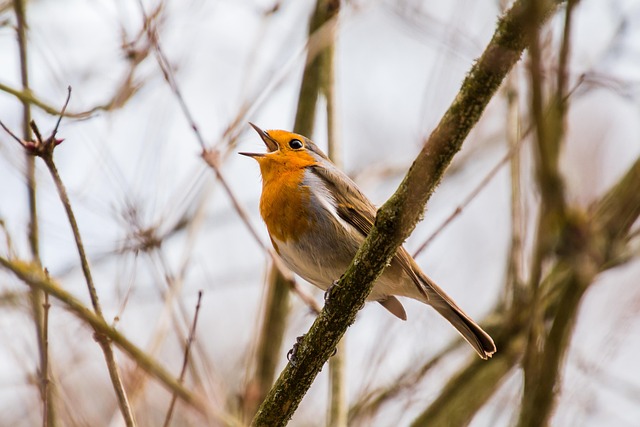
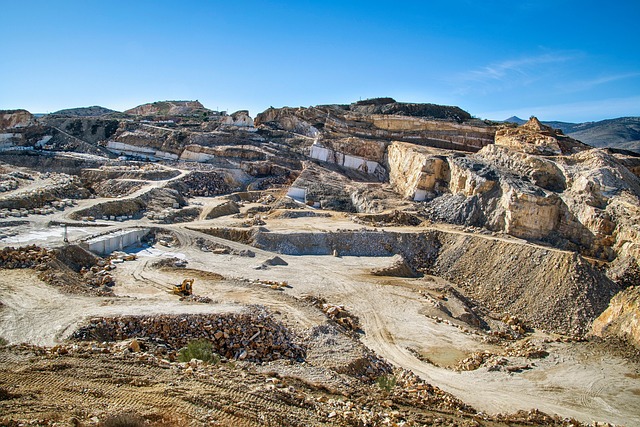

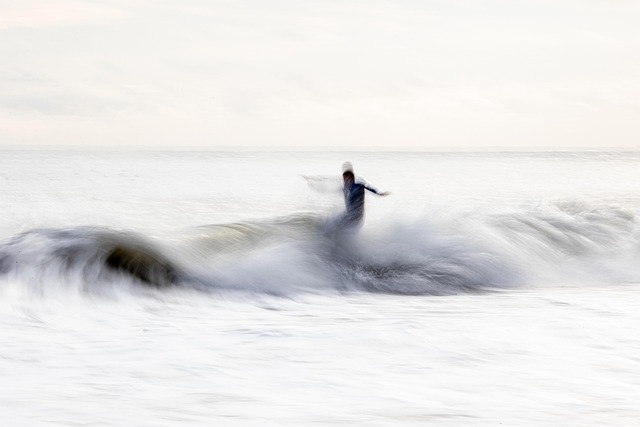








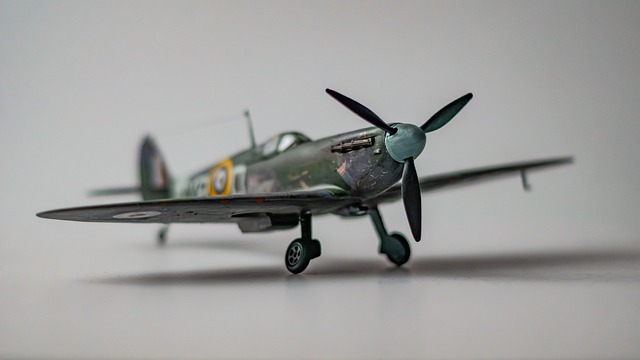

 Performance Comparison of Nvidia Graphics Cards
Performance Comparison of Nvidia Graphics Cards 
 Health
Health  Fitness
Fitness  Lifestyle
Lifestyle  Tech
Tech  Travel
Travel  Food
Food  Education
Education  Parenting
Parenting  Career & Work
Career & Work  Hobbies
Hobbies  Wellness
Wellness  Beauty
Beauty  Cars
Cars  Art
Art  Science
Science  Culture
Culture  Books
Books  Music
Music  Movies
Movies  Gaming
Gaming  Sports
Sports  Nature
Nature  Home & Garden
Home & Garden  Business & Finance
Business & Finance  Relationships
Relationships  Pets
Pets  Shopping
Shopping  Mindset & Inspiration
Mindset & Inspiration  Environment
Environment  Gadgets
Gadgets  Politics
Politics 